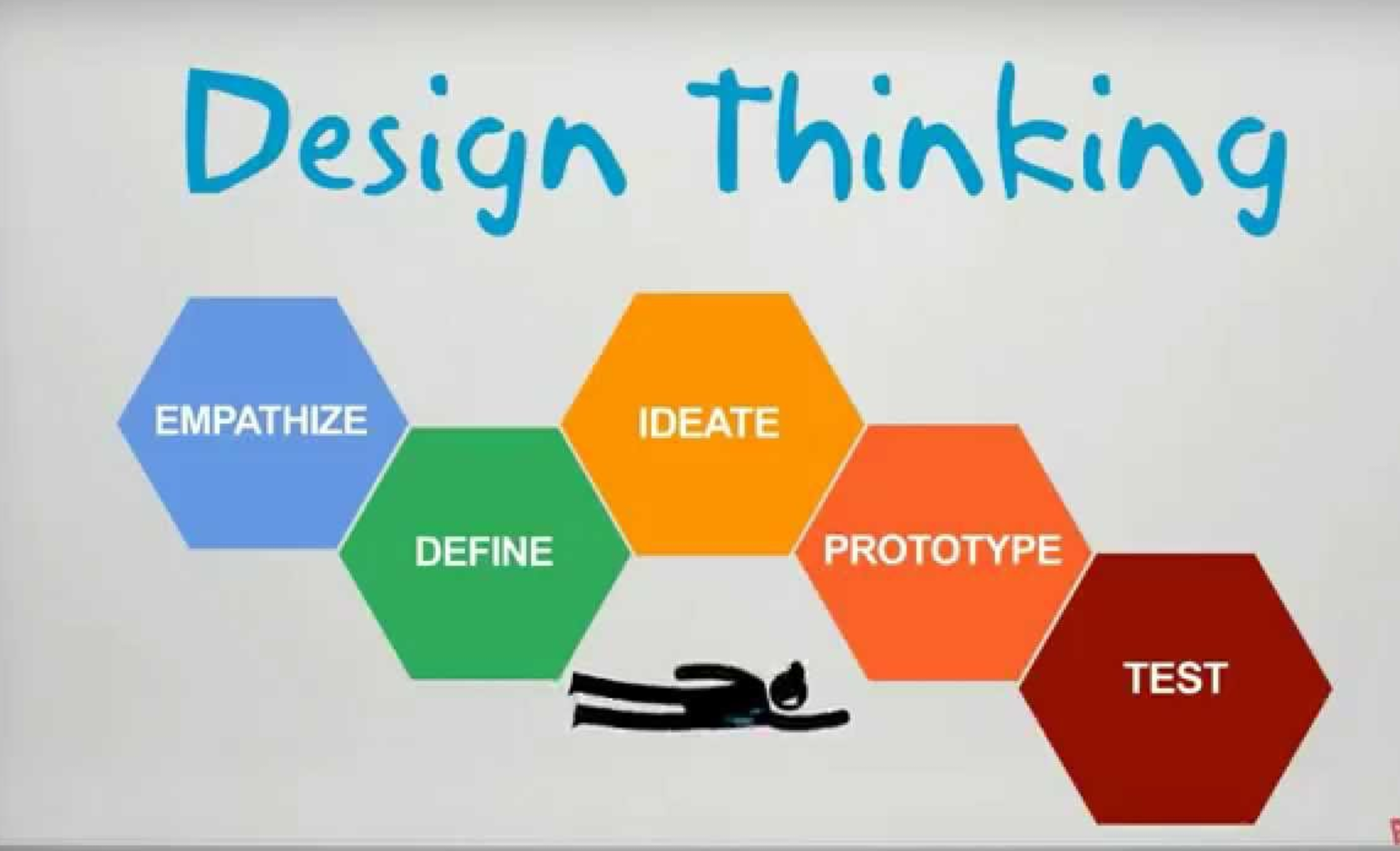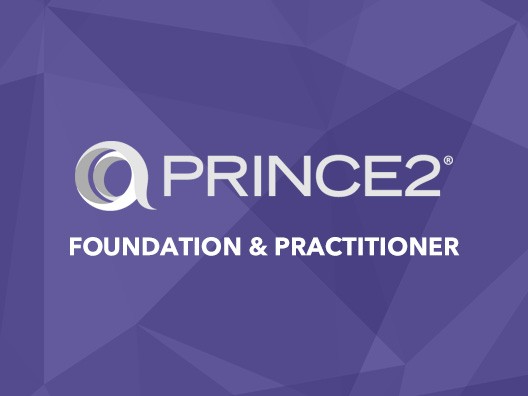In the fast-paced and ever-evolving world of today, the ability to innovate and solve complex problems creatively has become a key differentiator for success. Design thinking, a human-centered approach to problem-solving, has emerged as a powerful methodology to drive innovation, enhance user experiences, and foster a culture of continuous improvement. For individuals and organizations seeking to harness the potential of design thinking, enrolling in a design thinking online course can be a transformative and enlightening experience. In this ultimate guide, we explore the essence of design thinking, the benefits of online learning, and how to choose the perfect design thinking course to unlock your creative potential.
Understanding Design Thinking
At its core, design thinking is a methodology that draws inspiration from the designer’s toolkit to address challenges and uncover innovative solutions. It revolves around empathy, collaboration, and an iterative approach. Design thinking typically encompasses five key stages:
- Empathize: Understanding the needs and perspectives of the users or stakeholders to gain valuable insights into the problem at hand.
- Define: Defining the problem statement based on the insights gathered during the empathize stage, ensuring a clear understanding of the issue to be addressed.
- Ideate: Brainstorming and generating a wide range of creative ideas without judgment, encouraging out-of-the-box thinking.
- Prototype: Building low-fidelity prototypes to visualize and test potential solutions, allowing for feedback and refinement.
- Test: Testing the prototypes with the target audience to gather feedback, learn from the experience, and make necessary improvements.
The Benefits of Design Thinking Online Courses
The digital age has revolutionized education, making it easier than ever to access knowledge and skills from the comfort of your home or office. Design thinking online courses offer numerous advantages:
- Flexibility: Online courses allow you to learn at your own pace and schedule, accommodating personal or professional commitments.
- Global Reach: You can access courses offered by leading universities and institutions worldwide, regardless of your geographic location.
- Diverse Content: Online courses often provide a wealth of multimedia content, including videos, interactive exercises, and downloadable resources, enhancing the learning experience.
- Cost-Effective: Online courses can be more budget-friendly compared to traditional in-person classes, as they eliminate the need for commuting or accommodation expenses.
- Interactive Learning: Many online design thinking courses encourage active participation through virtual group discussions and collaborative projects.
Choosing the Perfect Design Thinking Online Course
Selecting the right design thinking online course is essential to ensure you gain comprehensive knowledge and practical skills. Consider the following factors when making your decision:
- Course Content: Look for a course that covers the core principles and stages of design thinking, as well as real-world case studies and examples.
- Instructor Expertise: Research the credentials and experience of the course instructors to ensure they are qualified to teach design thinking effectively.
- Student Reviews and Testimonials: Read reviews and testimonials from past students to gauge the course’s effectiveness and overall quality.
- Certification: Check if the course offers a certification upon completion, which can add value to your resume and showcase your expertise.
- Practical Exercises and Projects: Ensure the course includes hands-on exercises and projects to apply design thinking principles in real-world scenarios.
- Community and Support: Look for courses that offer a supportive community or forums where you can interact with fellow learners and seek guidance from mentors.
Conclusion
Design thinking is not just a methodology; it is a mindset that fosters creativity, collaboration, and empathy in problem-solving. Embracing design thinking through an online course empowers individuals and organizations to innovate, enhance user experiences, and drive meaningful change. As you embark on your design thinking journey, carefully consider the course options available to find the one that aligns with your learning objectives and aspirations. By investing in a design thinking online course, you are investing in the future of problem-solving, innovation, and growth.












